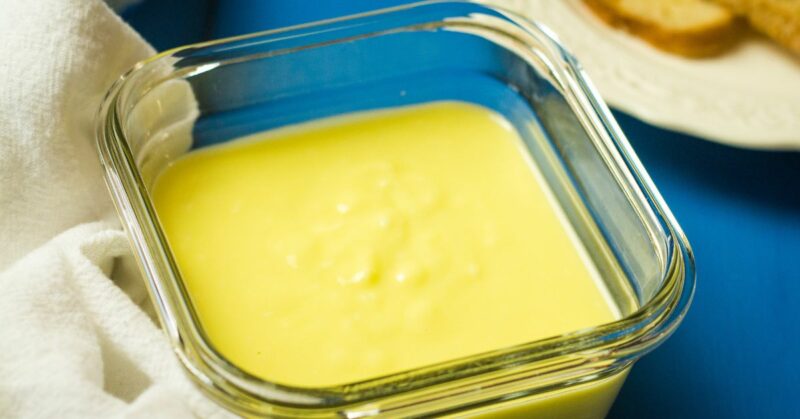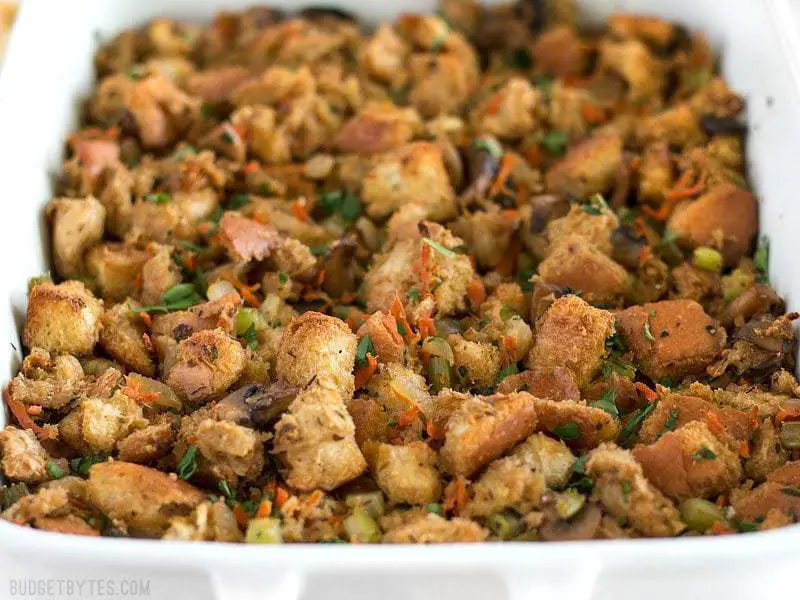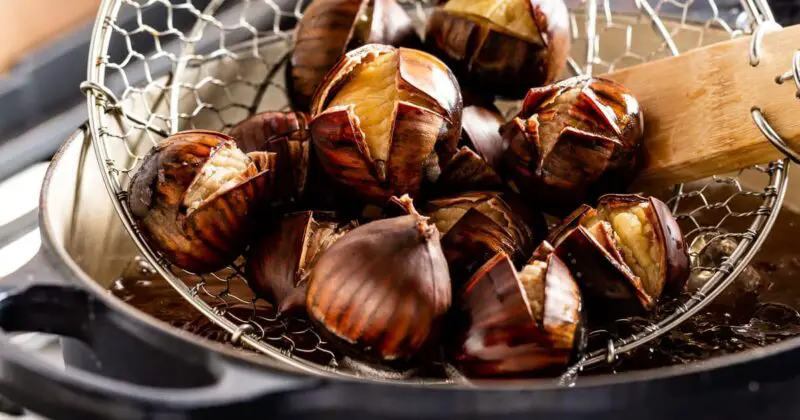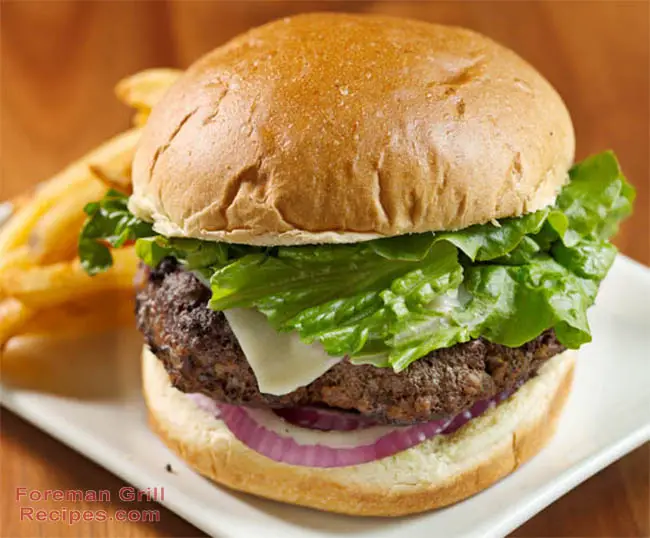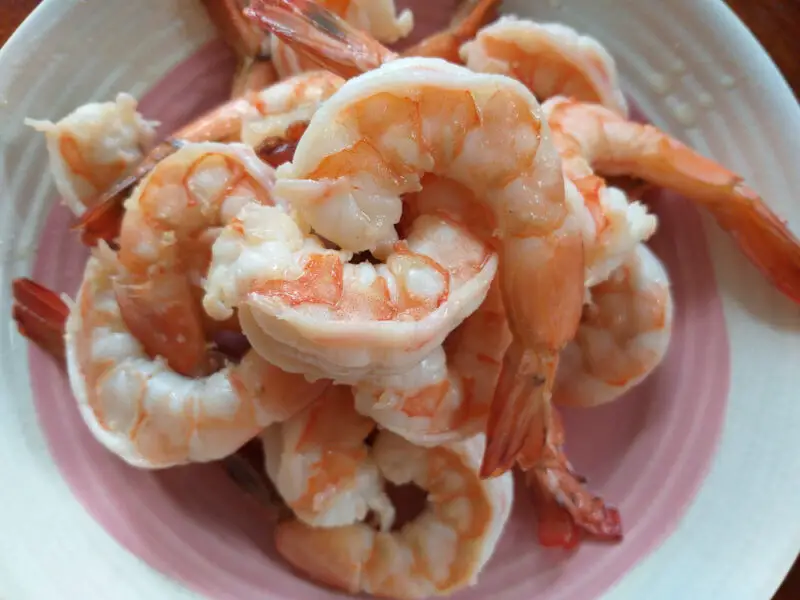Can You Mix Olive Oil and Butter for Frying?
Cooking temperatures and oils matter when it comes to frying, so the question arises – is it safe to mix olive oil and butter for frying? In this article, we explore the benefits and drawbacks of using olive oil or butter separately for frying, what happens when the two are mixed, and explore best practices for using mixed fats for frying.
Butter, Oil, and Frying
Understanding cooking mediums is vital for any chef or home cook. Butter is used in frying and baking. It has a delicious flavor that adds a rich taste to the food. However, butter burns easily, resulting in dark spots on the food being cooked. Butter also has a low smoke point of about 350°F (177°C), meaning that once the butter starts smoking, it becomes unhealthy.
Olive oil is commonly used for frying because it has monounsaturated fats and can be heated to higher temperatures than butter without burning. Extra-virgin olive oil is often used as an excellent finishing oil due to its flavorful qualities. Olive oil has a smoke point of about 405°F (207°C).
Mixing Olive Oil and Butter for Frying
When mixing olive oil with butter for frying, you create a fantastic flavor combination that elevates the dish’s taste. The pros include combining smoke point qualities of each medium, giving you extra time to fry compared to using only butter alone. The addition of olive oil also enhances your diet’s nutritional profile by adding healthy monounsaturated fats known to reduce cholesterol levels.
The cons of using mixed oils are negligible; however, improper ratios can result in undesirable flavor combinations compromising your meal’s taste quality.
Best Practices for Using Mixed Fats for Frying
Smoke Point
When preparing mixed oils or any oils capable of high-heat cooking, always keep an eye on your heat source’s temperature range because over-heating can lead to a damaged oil smoke point. Damage to the smoke point can compromise the taste quality and create a health risk when exposed to high heat.
Ratios and Amounts Used
Optimal amounts used for frying with mixed oils are subjective, meaning that there is no perfect ratio for everyone. While some prefer a 50/50 ratio of butter to olive oil, others may prefer a 70/30 ratio. Experimenting with different ratios will enable you to find the ideal mixture’s best taste quality for your preferred cooking methods.
When preparing food for frying with mixed oils, always coat your food before cooking with dry seasonings or flour. This gives the food a crisp texture and prevents moisture from seeping in.
Alternatives to Mixed Oils: Other Fats for Frying
There are alternatives to using mixed fats such as coconut oil or avocado oil, which have high burn temperatures, making them safe for high-heat frying. Coconut oil has a unique flavor that tastes great when frying chicken and plantain. Avocado oil has colorless and flavorless qualities that are an excellent fit for salads, but it is also ideal for frying because of its high smoke point degree of about 520°F (271°C).
What Does Science Say About Mixing Olive Oil and Butter?
Many scientific studies support the consumption of blended fats such as olive oil and butter; however, some studies suggest that including too much butter increases the risk of having heart disease. It is therefore essential to understand those risks before consuming them regularly.
Conclusion: Is It Safe to Mix Olive Oil and Butter for Frying?
In conclusion, mixing olive oil and butter provides benefits by reducing cholesterol levels because the addition of olive oil adds healthy monounsaturated fats. However, getting the right amount used is vital in creating better taste quality while observing healthy living standards by lessening fat intake.
By exploring best practices for using mixed fats such as monitoring the heat source’s temperature range, correct ratio mixtures, and doing dry food coatings to prevent moisture seepages, you are well on your way to frying up healthy, tasty meals.
References:
– Delgado, C., Barranco, A., Rubio, M., Ramos-Pineda, A. and Sánchez-Quesada, J. (2011). Effects of different cooking methods on lipid quality and fatty acid composition of selected foods: a comparative study. Grasas y Aceites, [online] 62(4), pp.405–412.
– Ferrentino, G., De Pilli, T., Conte, A., Pati, S., Del Nobile, M.A. (2016). Avocado oil extraction processes: method for cold-pressed high-quality edible oil production versus traditional production. Journal of Food Science and Technology.
– Leech R (2019). The healthiest butter substitutes hey there does elizabethsuggest? Healthline [online]. Last accessed November 2021 at https://www.healthline.com/nutrition/butter-substitutes
– Ridgway K (2015). The science behind cooking with butter. Bake from Scratch [online]. Last accessed November 2021 at https://www.bakefromscratch.com/the-science-behind-cooking-with-butter/
Frequently Asked Questions
#### Can I mix olive oil and butter for frying?
Yes, you can! In fact, combining butter and olive oil can enhance the flavor and nutritional value of your food.
#### What are the benefits of using a mixture of olive oil and butter for frying?
A mixture of olive oil and butter can provide a delicious taste while allowing food to cook evenly. Additionally, research has shown that consuming moderate amounts of both olive oil and butter can have potential health benefits.
#### How should I mix olive oil and butter for frying?
To create the perfect mixture, combine equal parts of melted butter and olive oil in a pan over low heat. Stir the combination well before adding your desired food item.
#### Are there any foods that shouldn’t be fried in a mixture of olive oil and butter?
While most foods can be cooked in a mixture of olive oil and butter, it’s best to avoid frying highly acidic foods like tomatoes as they may break down the mixture’s components. Instead, use it to fry protein-rich foods like chicken or fish to enhance their flavor.
#### Conclusion:
Overall, mixing olive oil and butter creates a tasty and healthy alternative to traditional frying methods. By following these simple steps, you can achieve delicious results without sacrificing nutrition or flavor!
